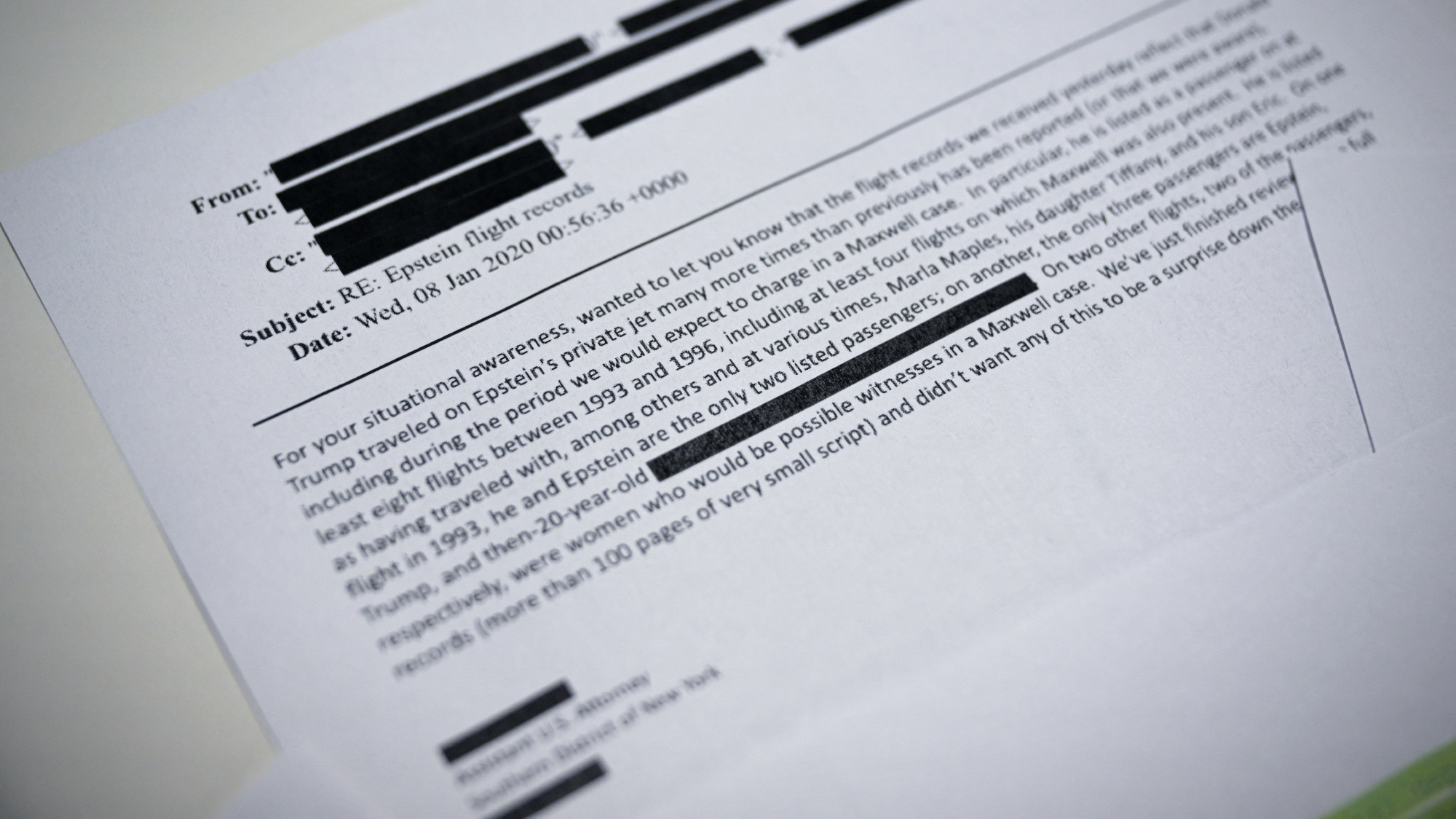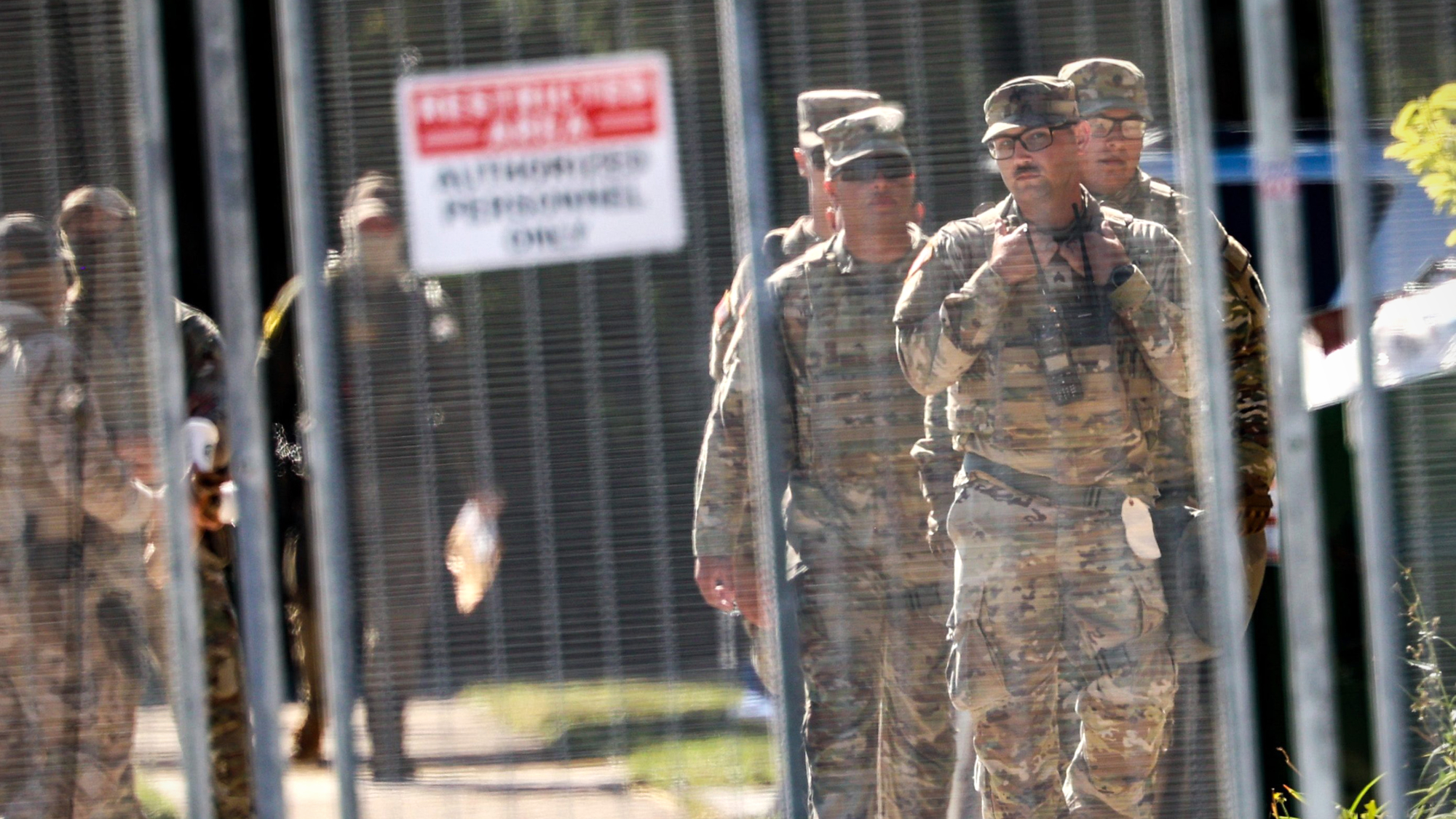German archaeologists uncover prayer books, shoes, and other traces of Nazi massacre
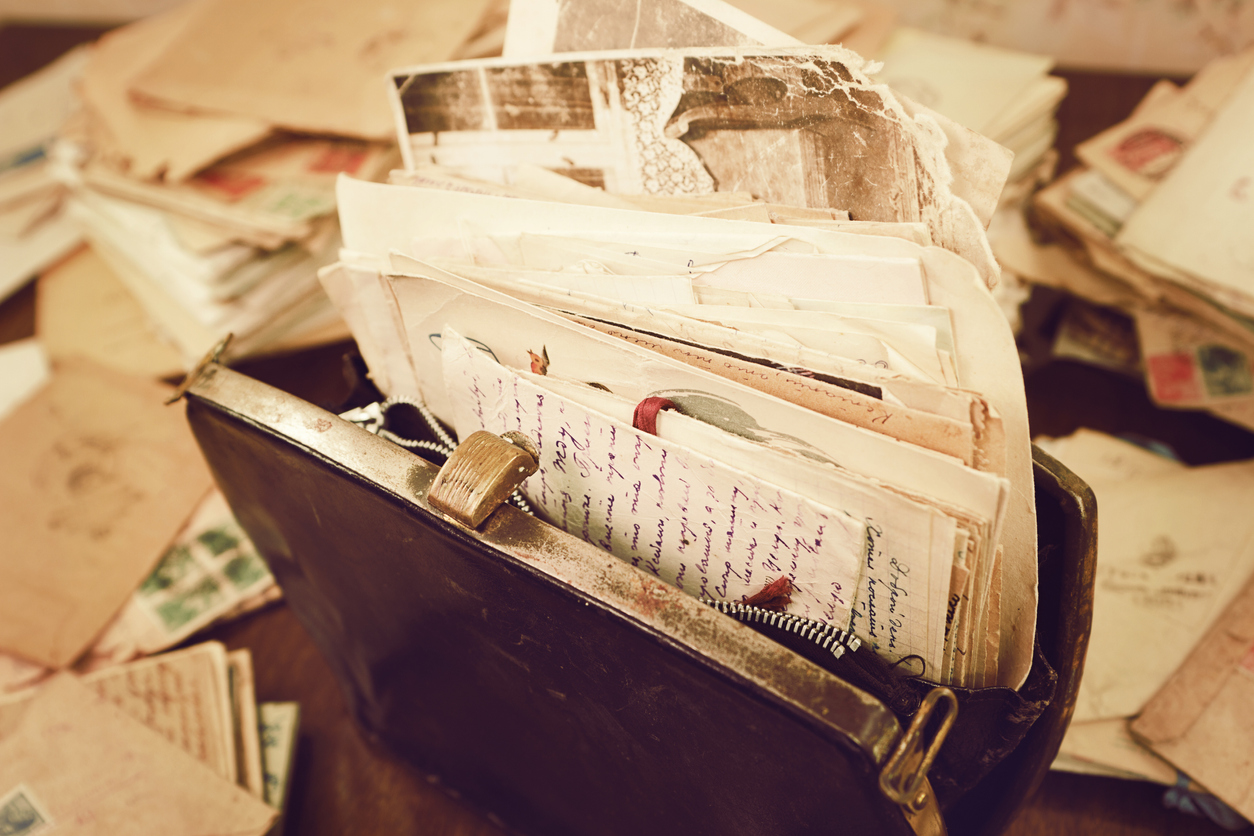
A group of German archaeologists found about 400 artifacts from World War II after excavating three rural sites near the towns of Warstein, Suttrop, and Eversberg, LiveScience reported on Tuesday.
While exploring the sites of former Nazi camps, the researchers said that most of the 400 artifacts came from Langenbach Valley near Warstein, where LiveScience says 60 women, 10 men, and a child "were taken into the forest, under the pretense of being moved to a different labor camp, and then shot." The vast array of personal items included everything from prayer books and dictionaries to shoes, harmonicas, and Soviet coins — all believed to have been owned by and buried with the massacre's victims.
Bullet cartridges were also found scattered in the area, which could suggest that some of the Polish and Russian forced laborers tried to escape the firing squad. Nazis killed 208 laborers in the region at the end of the war, and only 14 of the victims have ever been identified by name, due to Nazi efforts to conceal their crimes.
The Week
Escape your echo chamber. Get the facts behind the news, plus analysis from multiple perspectives.

Sign up for The Week's Free Newsletters
From our morning news briefing to a weekly Good News Newsletter, get the best of The Week delivered directly to your inbox.
From our morning news briefing to a weekly Good News Newsletter, get the best of The Week delivered directly to your inbox.
Matthias Löb, the director of the Landschaftsverband Westfalen-Lippe — the group behind the excavation — said in a statement that despite the tragic finds, these discoveries serve as an essential reminder of the atrocities committed during that period. Löb also said Germany has seen an increase in "trivialization" and denial of Nazi crimes, and that the discovery of these artifacts are proof of a part of German history "that we have to face." Read more at LiveScience.
A free daily email with the biggest news stories of the day – and the best features from TheWeek.com
-
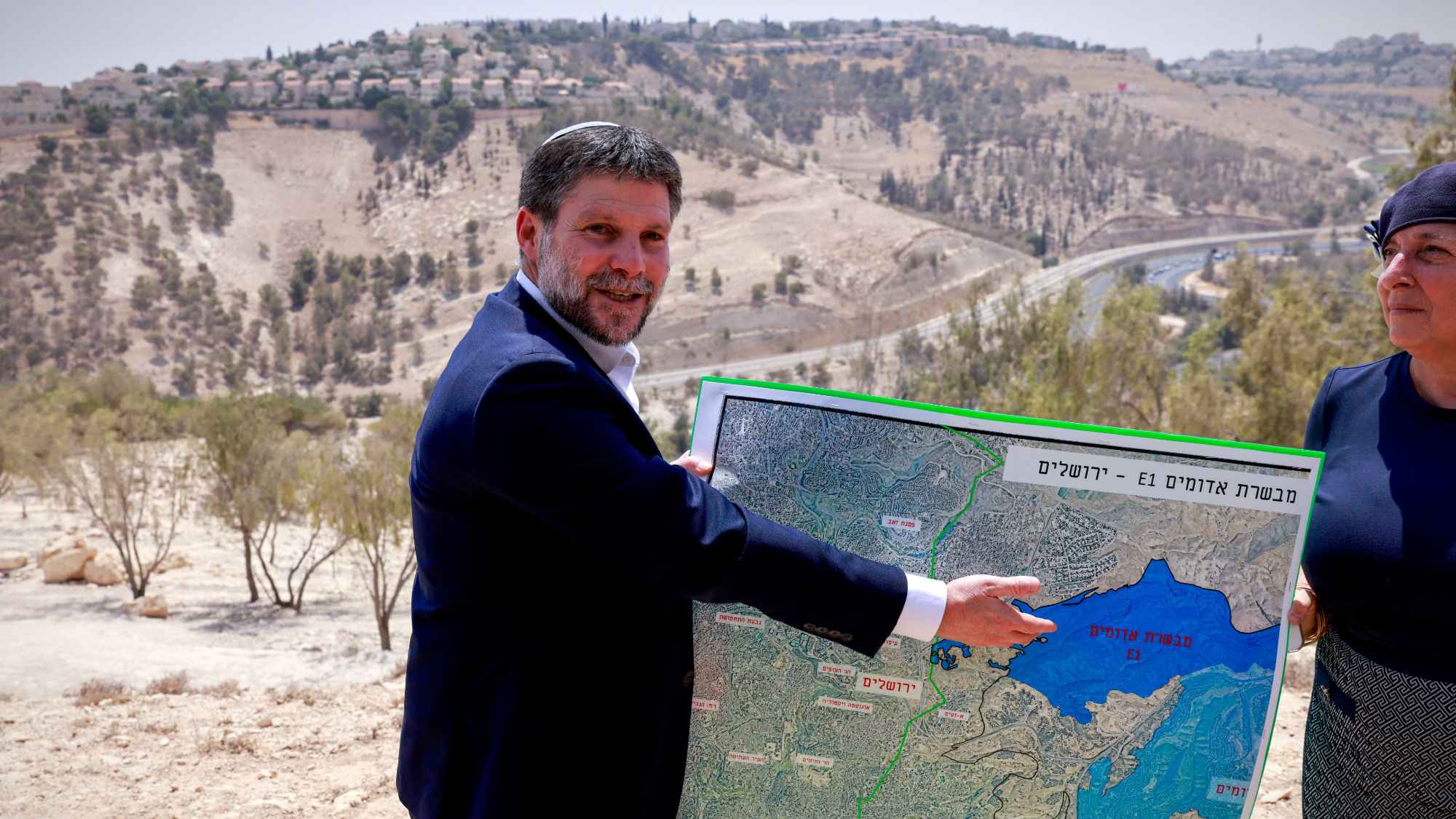 Israel approves new West Bank settlements
Israel approves new West Bank settlementsSpeed Read The ‘Israeli onslaught has all but vanquished a free Palestinian existence in the West Bank’
-
 US offers Ukraine NATO-like security pact, with caveats
US offers Ukraine NATO-like security pact, with caveatsSpeed Read The Trump administration has offered Ukraine security guarantees similar to those it would receive from NATO
-
 Hong Kong court convicts democracy advocate Lai
Hong Kong court convicts democracy advocate LaiSpeed Read Former Hong Kong media mogul Jimmy Lai was convicted in a landmark national security trial
-
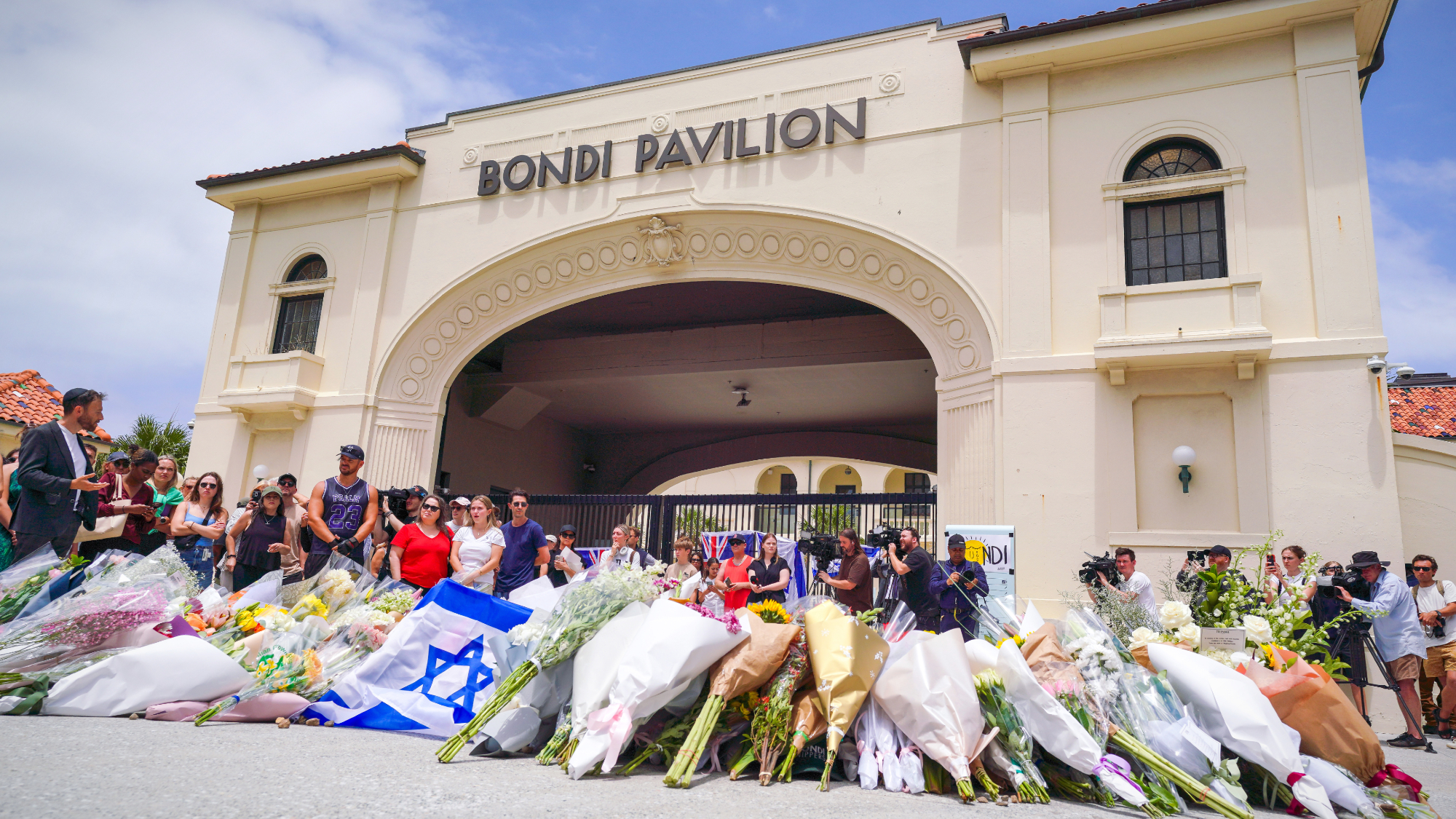 Australia weighs new gun laws after antisemitic attack
Australia weighs new gun laws after antisemitic attackSpeed Read A father and son opened fire on Jewish families at Sydney’s Bondi Beach, killing at least 15
-
 How Bulgaria’s government fell amid mass protests
How Bulgaria’s government fell amid mass protestsThe Explainer The country’s prime minister resigned as part of the fallout
-
 Benin thwarts coup attempt
Benin thwarts coup attemptSpeed Read President Patrice Talon condemned an attempted coup that was foiled by the West African country’s army
-
 Femicide: Italy’s newest crime
Femicide: Italy’s newest crimeThe Explainer Landmark law to criminalise murder of a woman as an ‘act of hatred’ or ‘subjugation’ but critics say Italy is still deeply patriarchal
-
 Brazil’s Bolsonaro behind bars after appeals run out
Brazil’s Bolsonaro behind bars after appeals run outSpeed Read He will serve 27 years in prison
